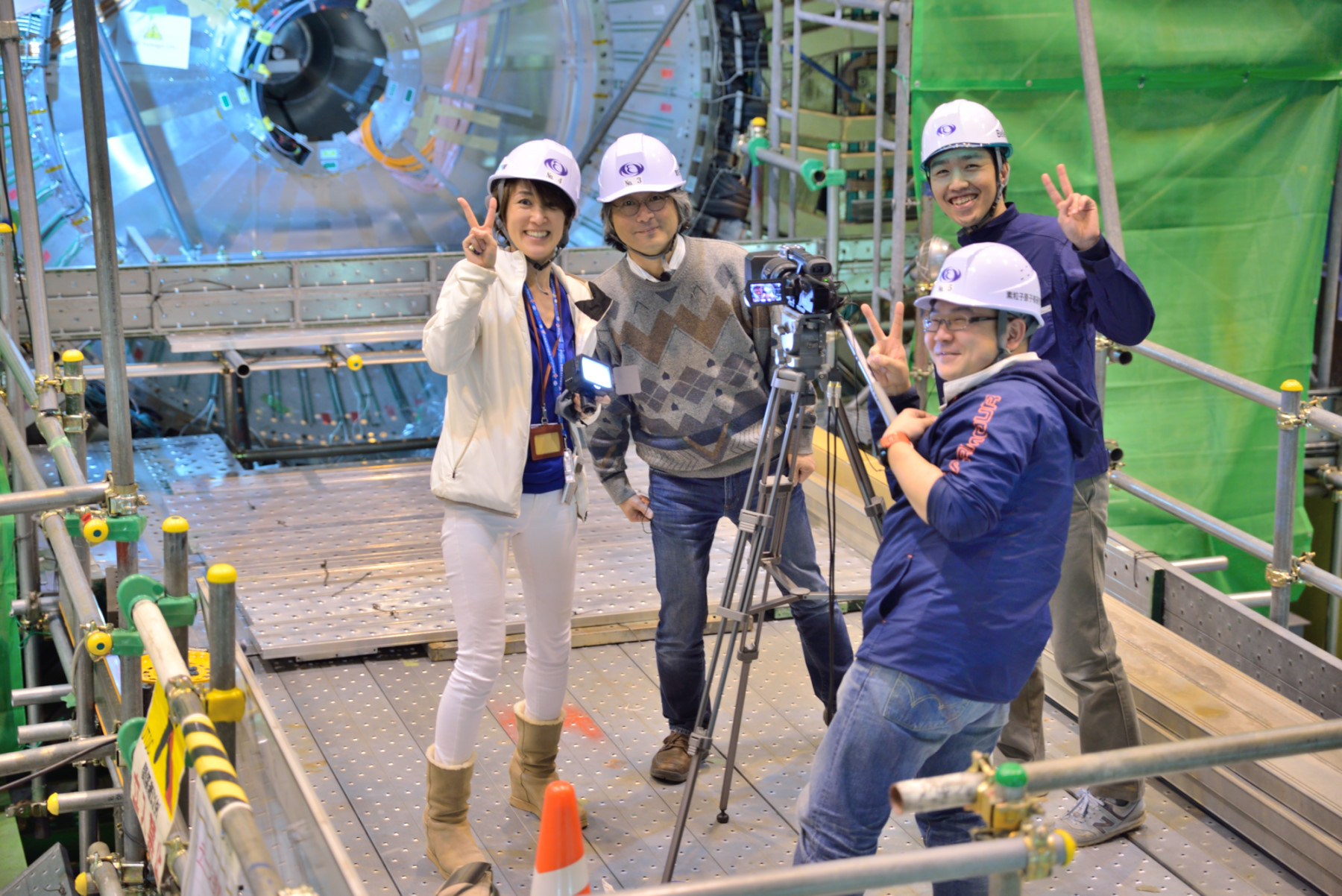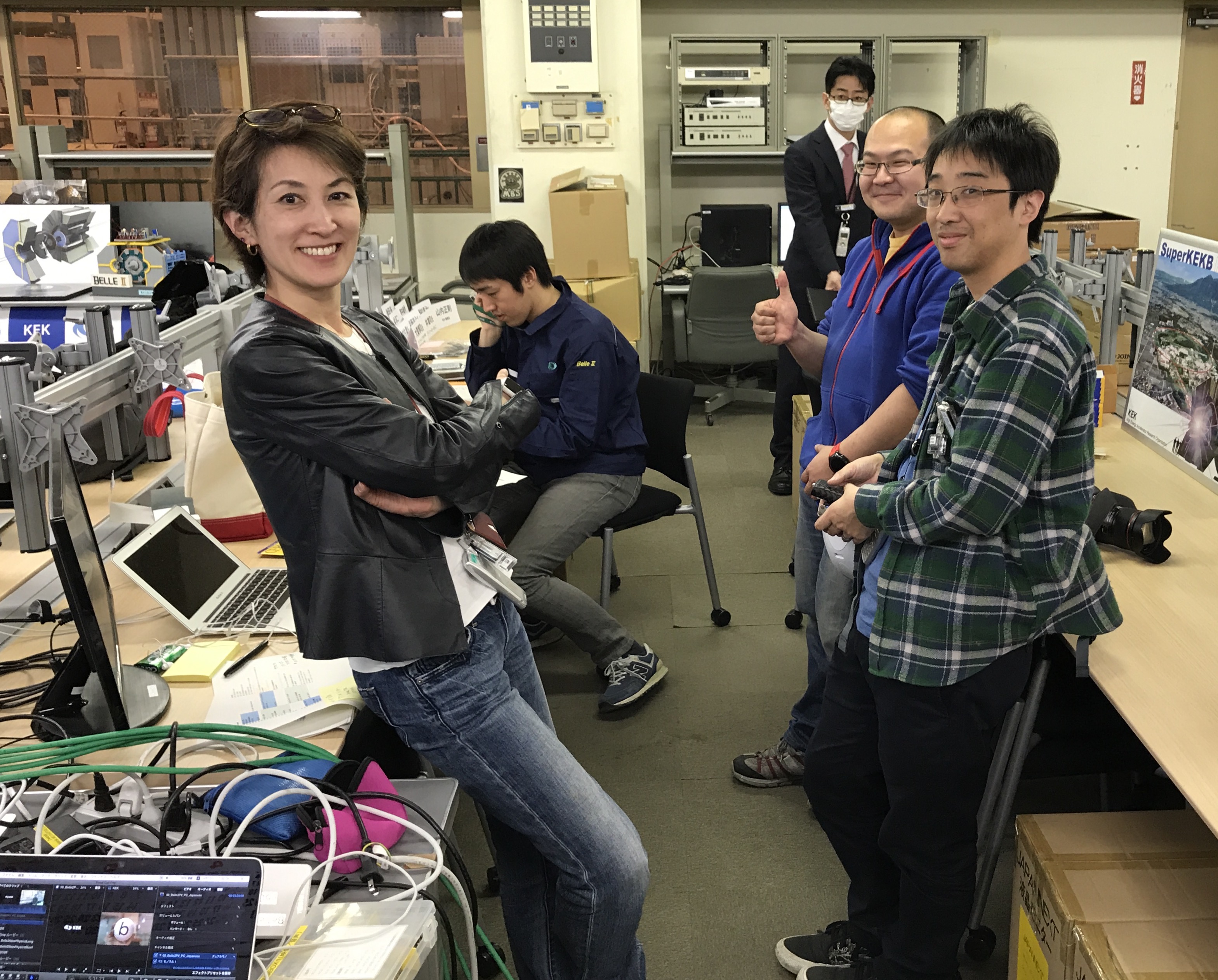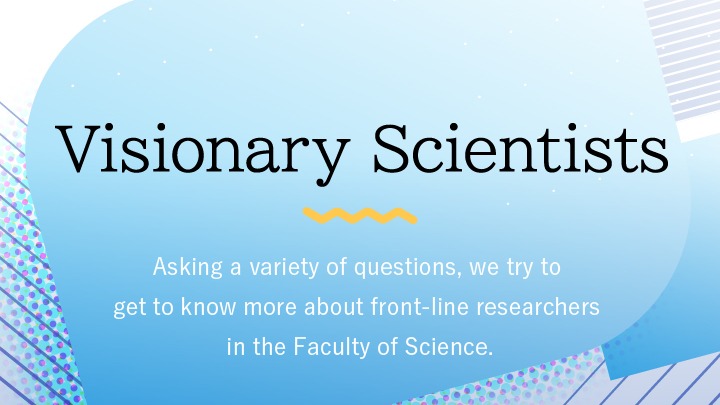OHTSU Shuko
Professor
Act as a bridge between researchers, other science experts and society.
Faculty of Science Public Relations Planning & Promotion Office
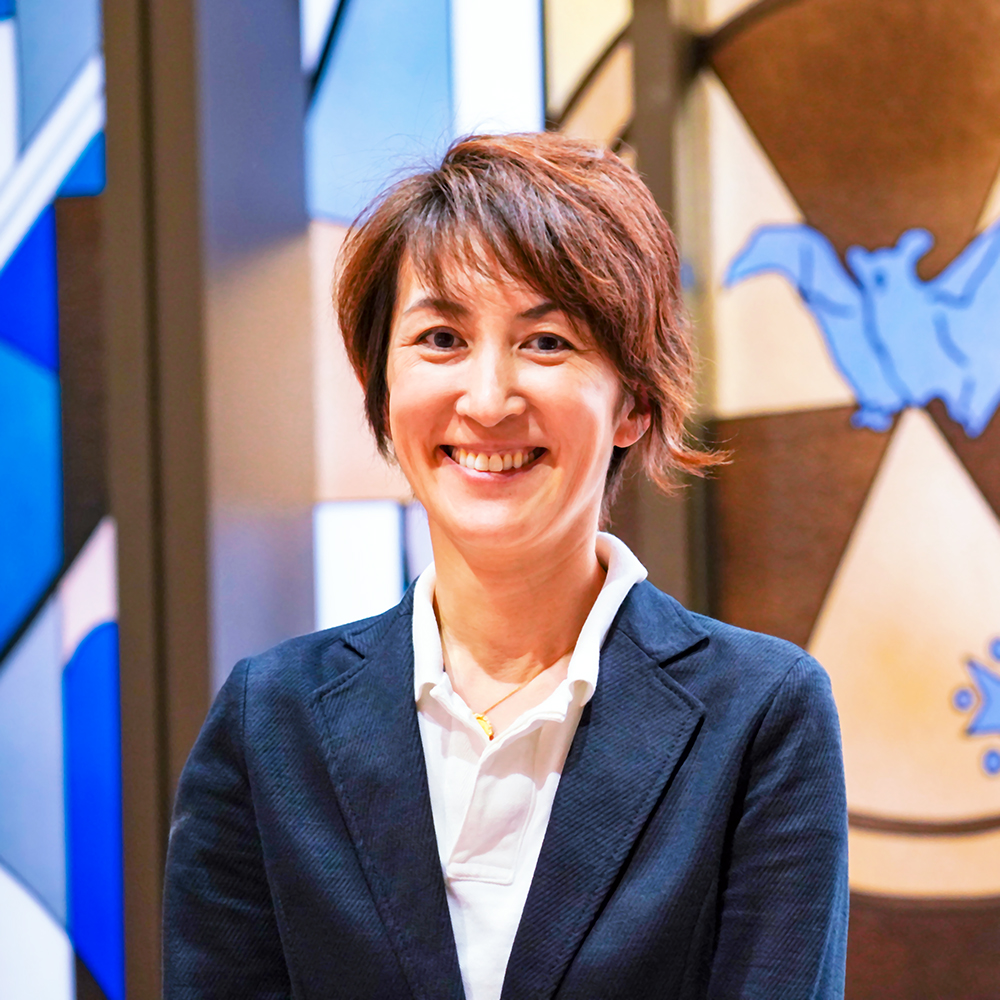
| Theme | Design two-way communication to discuss the research that offers solutions to social issues, and at the same time, convey to citizens their exciting life through science and technology. |
| Field | Science communication, Graphic design |
| Keyword | Science communication, Graphic design, Information graphics, Presentation, Outreach of research, Public Relations, Assisted reproductive technology |
Introduction of Research
Since the Great East Japan Earthquake on March 11, 2011, we have repeatedly faced unpredictable events—natural disasters, pandemics, and geopolitical tensions. In recent years, the COVID-19 pandemic, the Noto Peninsula earthquake, and Russia’s invasion of Ukraine have profoundly shaken our lives and values. Furthermore, the rapid advancement of artificial intelligence, such as generative AI, is presenting us with new and fundamental questions about human existence.
At the same time, the world appears increasingly fragmented, with nations turning inward in pursuit of self-interest. Yet it is precisely in these times that science emerges as a universal language—one that transcends borders, religions, and races. Science is deeply rooted in human endeavor and offers a foundation of hope for building the future.
In the aftermath of the earthquake, we began to reexamine our trust in science and technology, and to question the goals of our knowledge: Who is science for, and what purpose should it serve? In striving for a sustainable and humane society, citizen participation in science-informed policy decisions has become ever more essential.
However, there are many questions that science alone cannot answer. Issues such as prenatal diagnosis, environmental ethics, gender, and resource allocation involve deeply held values and ethical considerations. These are what we call “trans-scientific” questions—issues that lie beyond the reach of science, yet must still be addressed through it. They require us to engage with perspectives beyond empirical data, drawing on philosophy, ethics, and dialogue.
It is precisely these complex, open-ended questions that I wish to confront. Through collaborative efforts, I seek to contribute to social good by designing pathways that connect scientific knowledge with the needs of society. This is the challenge of “knowledge design” in the service of the common good.
Above all, I believe the pursuit of knowledge that delves into the depths of nature and life—and the reflection upon it through philosophy, ethics, and aesthetics—will only grow in importance. Science and technology not only enrich our lives, but also prompt us to reconsider what it means to be human.
Bridging science, the humanities, and civic engagement lies at the heart of my research and practice.
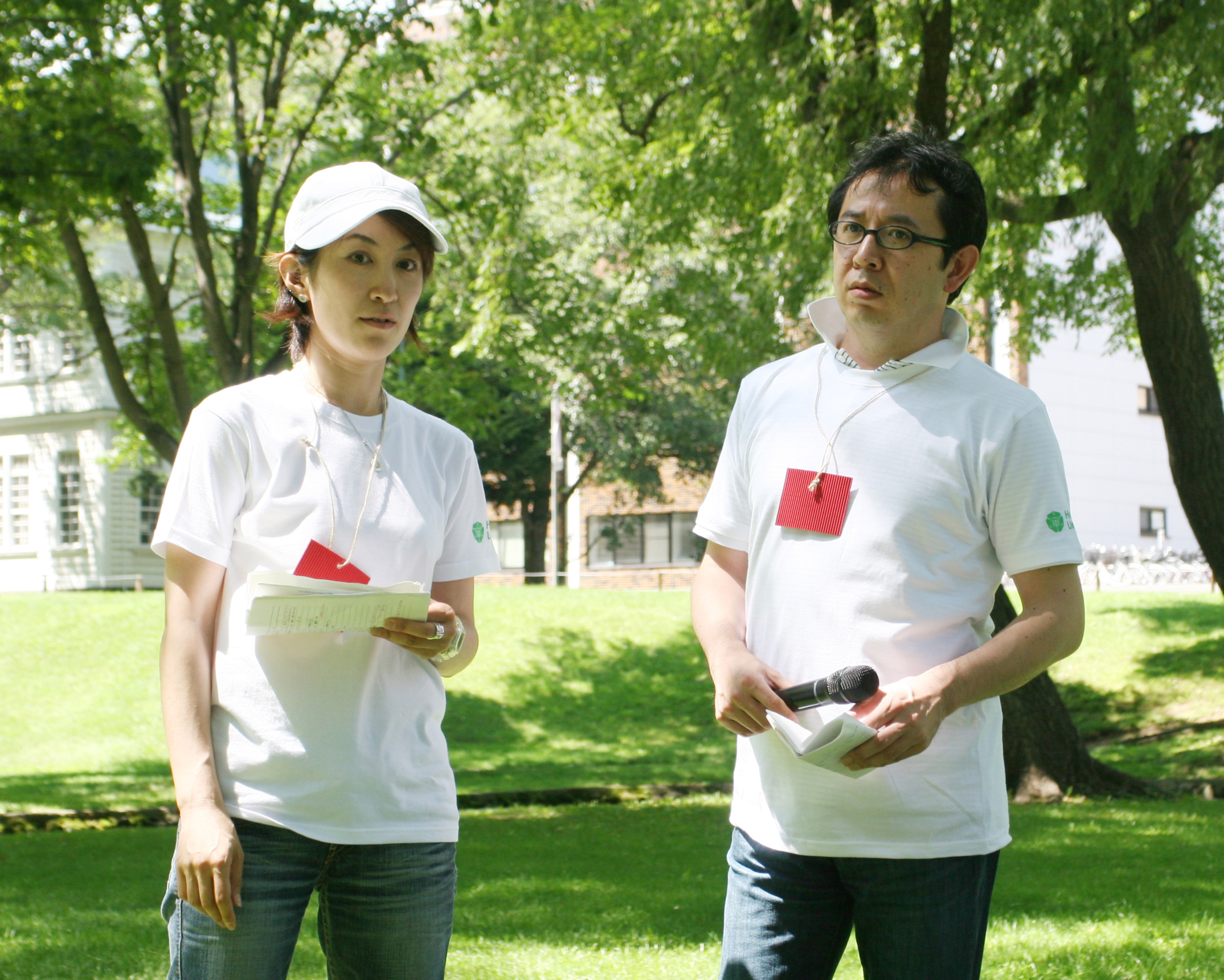
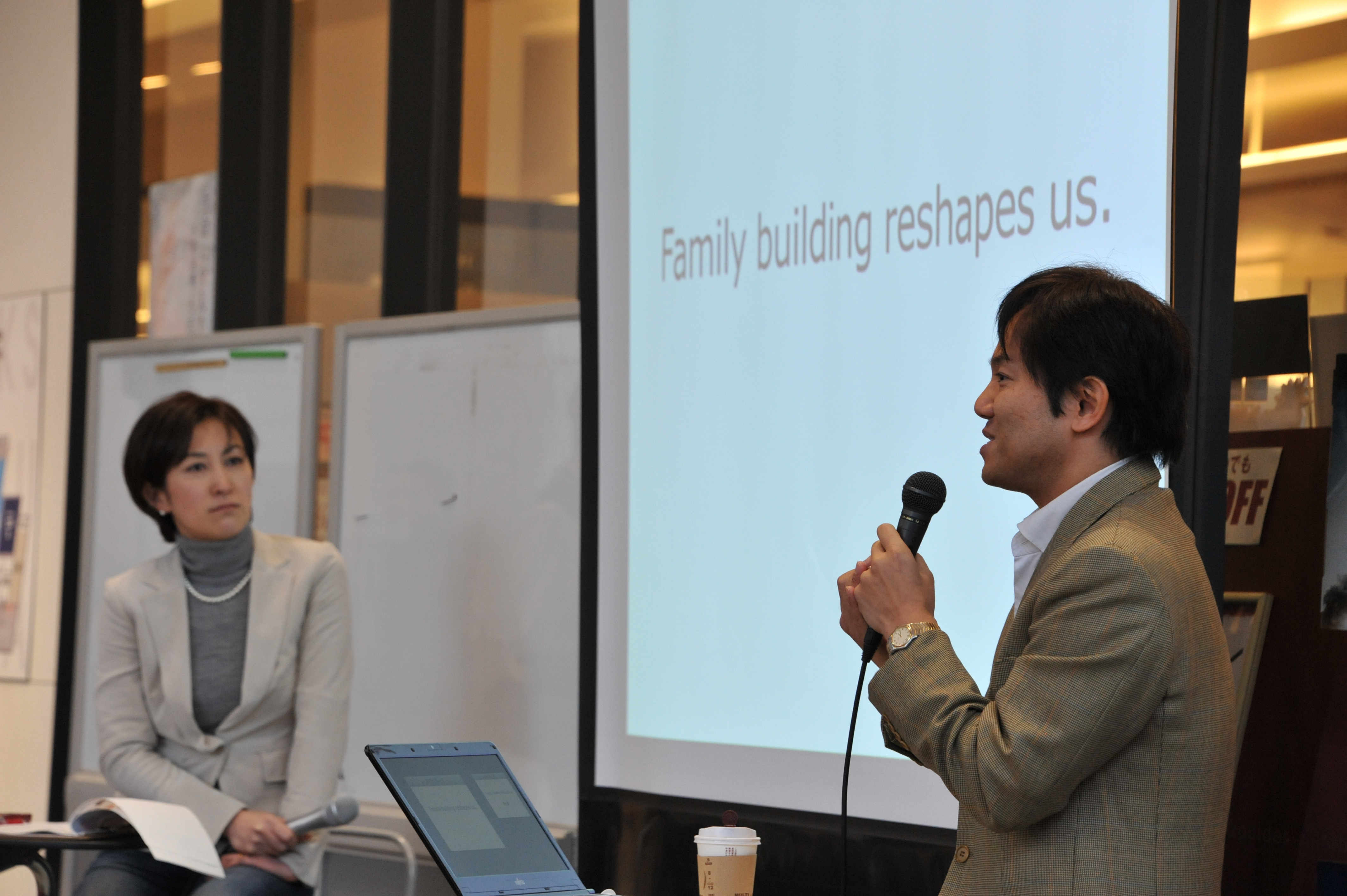
Representative Achievements
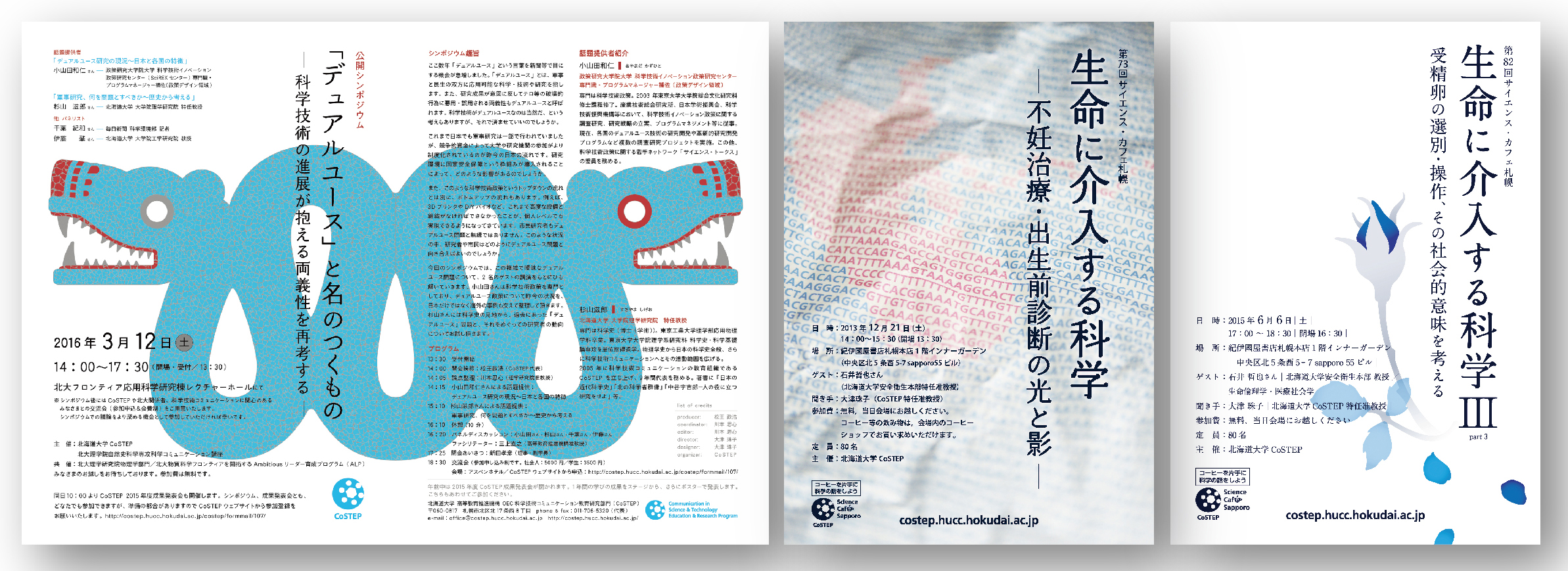
| Academic degree | Master of Design |
| Self Introduction | I am from Morioka in northern Japan. I like playing tennis, skiing, snowboarding, marine sports, tea ceremony, Go (game like checkers), cooking, etc. I am interested in too many things, so I don't get better at them. Among them, however, I think I can play the game of Go rather well. |
| Academic background | 2005/04 -2016/03 Communication in Science & Technology Education & Research Program, Hokkaido University 2016/04 -2017/11 The High Energy Accelerator Research Organization 2017/12 -2018/03 National Institute of Informatics 2018/05 - Faculty of Science, Hokkaido University |
| Project | Belle II : Open a window to New Physics |
| Room address | General Research Building 5 |



